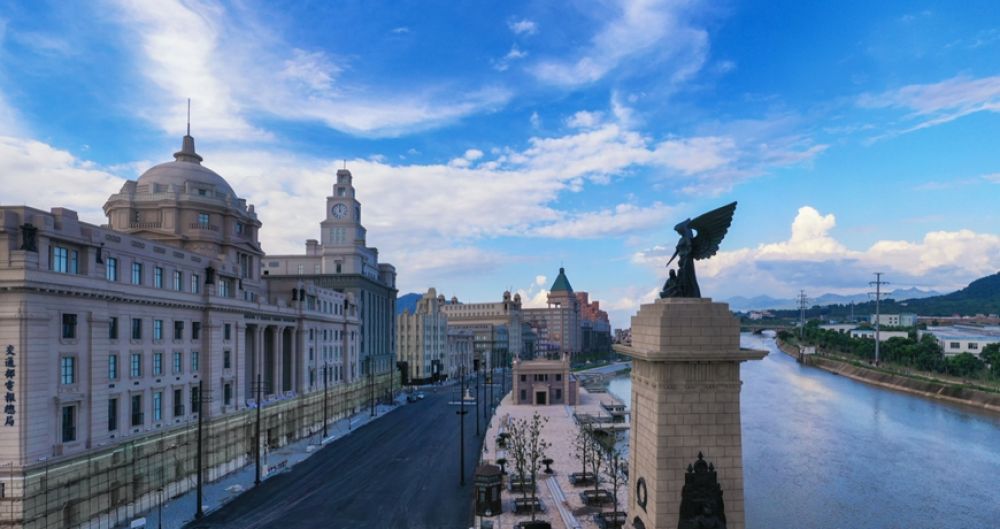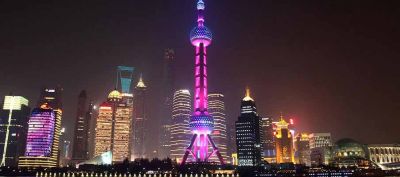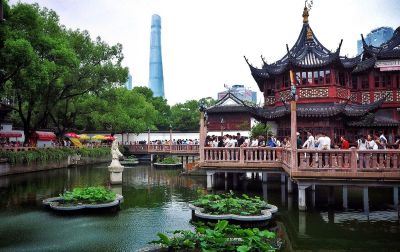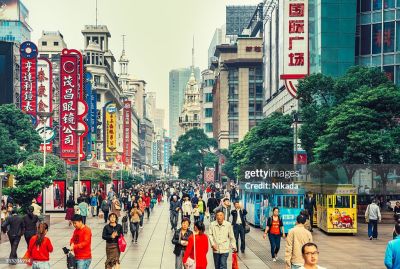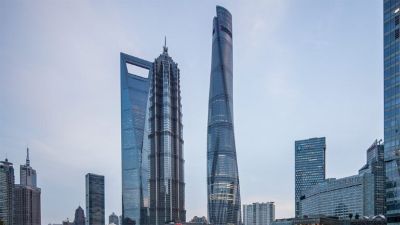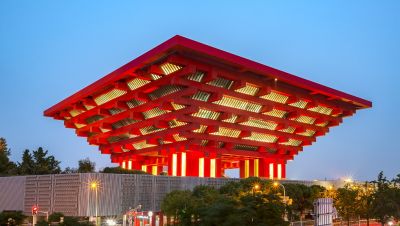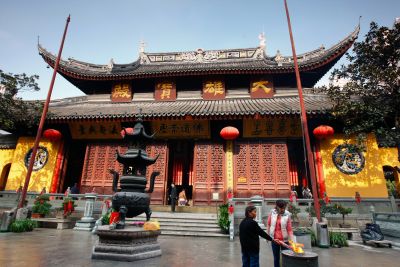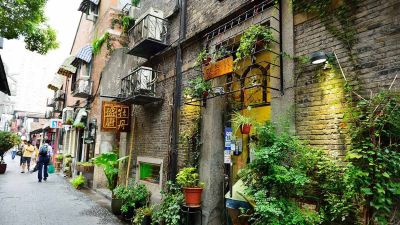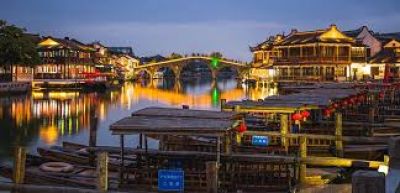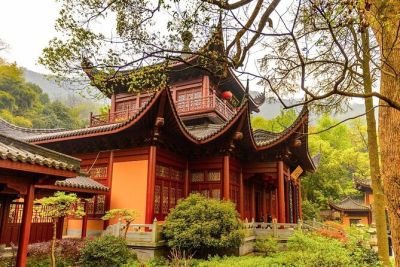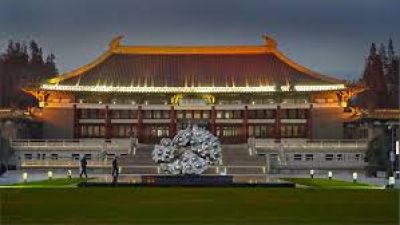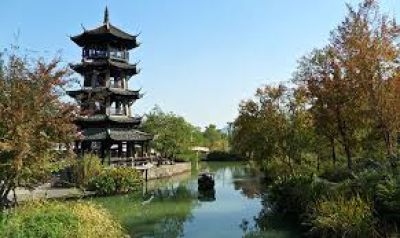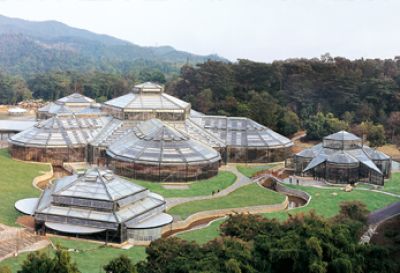The Bund, Shanghai, China - Tourism History
The Bund, known as Waitan in Mandarin, is one of the most iconic tourist destinations in Shanghai, China. Its status as a major tourist attraction is rooted in both its historical significance and its stunning views of modern skyscrapers.
Historical Significance
The history of The Bund as a tourist destination is intertwined with the history of Shanghai as a major trade and financial center. During the 19th and early 20th centuries, The Bund was the city's most prosperous area, where international banks and trading houses established their headquarters. This colonial legacy left a permanent mark on the architecture of The Bund, with buildings showcasing a variety of architectural styles, including Gothic, Baroque, Romanesque, Neo-Classical and the Renaissance.
Following the establishment of the People's Republic of China in 1949, The Bund experienced a period of decline. However, as China opened up to the world in the late 20th century, The Bund was revitalized and once again became a premier destination, attracting tourists fascinated by its colonial architecture juxtaposed against the modern backdrop of Pudong's skyscrapers across the Huangpu River.
Tourism Evolution
Tourism in The Bund has evolved significantly over the years. Initially a commercial district for foreign businesses and consulates, it started drawing in tourists with its historical significance and unique architecture. In the 1990s and 2000s, the city government's efforts to renovate historical buildings and improve facilities along The Bund further expanded its appeal.
Modern Tourism Trends
Today, The Bund is a testament to Shanghai's dual identity as a city that respects its past while racing towards the future. Modern tourism trends in The Bund show a strong interest in cultural experiences, with guided tours providing historical insights, and the increased popularity of river cruises on the Huangpu River, which offer stunning views of The Bund at night.
Sustainable tourism is also becoming significant, with initiatives being put in place to manage the environmental impact of the high tourist volume. These initiatives include regulations to control traffic in the area and the Greening of The Bund, aimed at increasing green spaces and reducing pollution.
The fascination with technology and progress is reflected in tourism trends too, with the rise of virtual reality tours that offer immersive experiences of The Bund's history and its transformation.
Post-COVID-19 Revitalization
The COVID-19 pandemic disrupted global travel, but as recovery begins, The Bund is re-emerging as a vibrant hub for both domestic and international tourists. Local authorities have implemented health and safety measures to ensure its continued appeal in the post-pandemic era, focusing on travel innovation and promoting touchless services to accommodate the new normal of tourism.
Conclusion
The Bund continues to stand as a proud symbol of Shanghai's storied history and dynamic future, persistently attracting tourists with its enchanting allure. It has successfully transformed from a colonial trading district into a multifaceted tourist destination that offers a window into Shanghai's soul, capturing the essence of its transformation and resilience.
